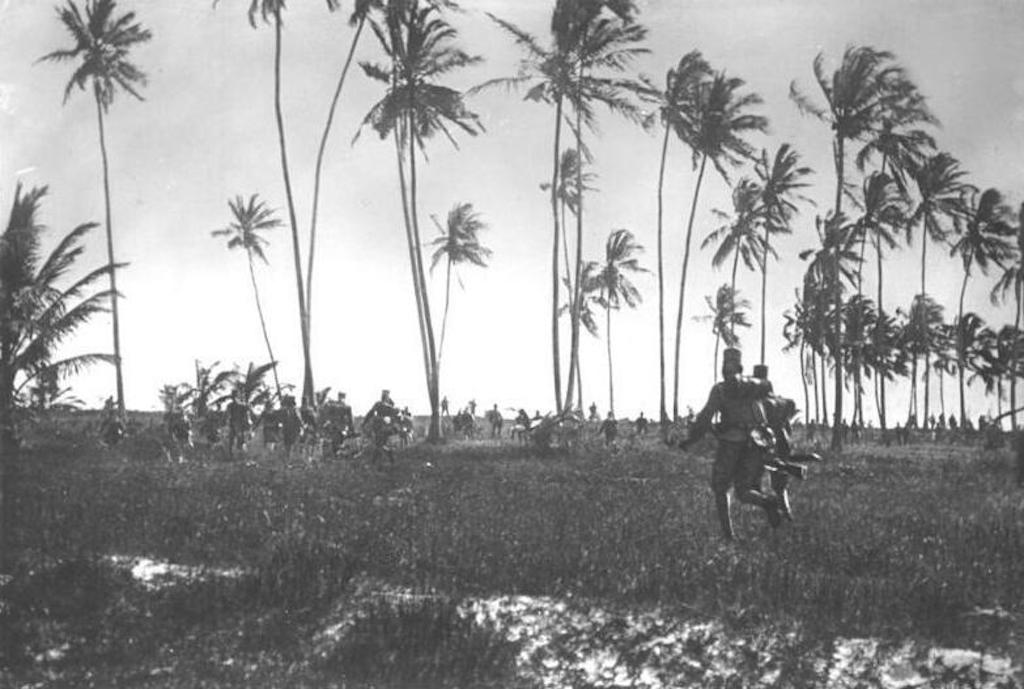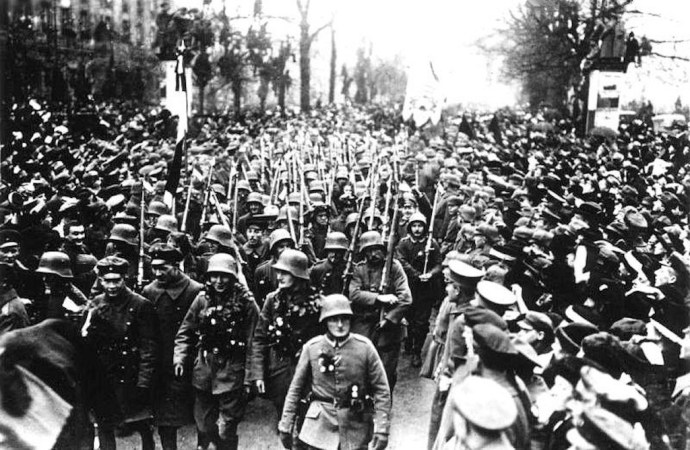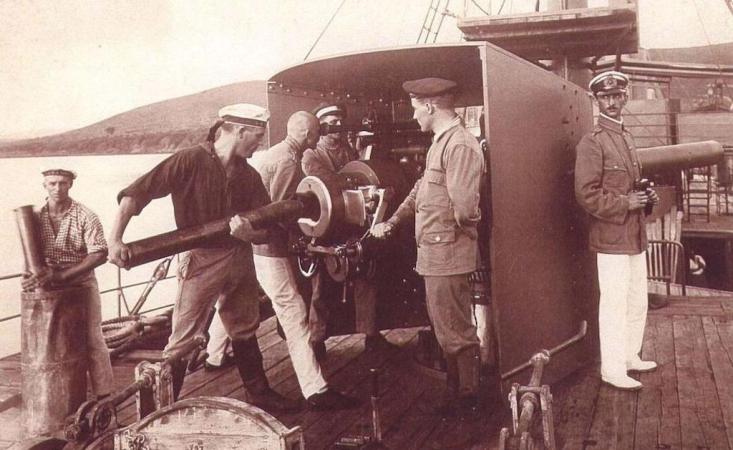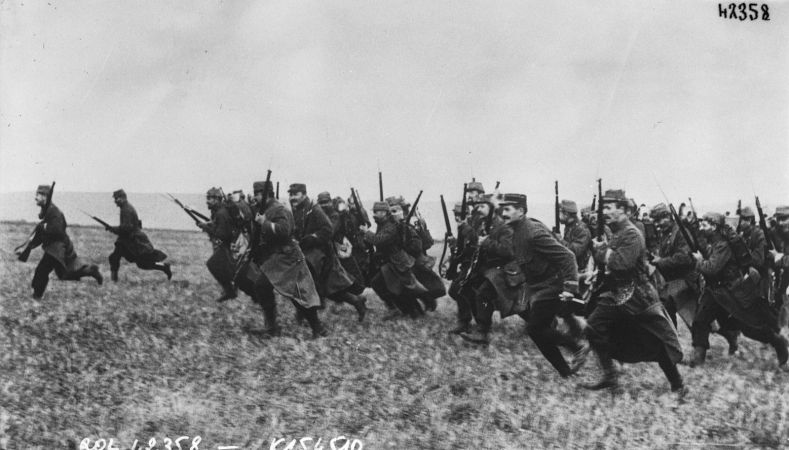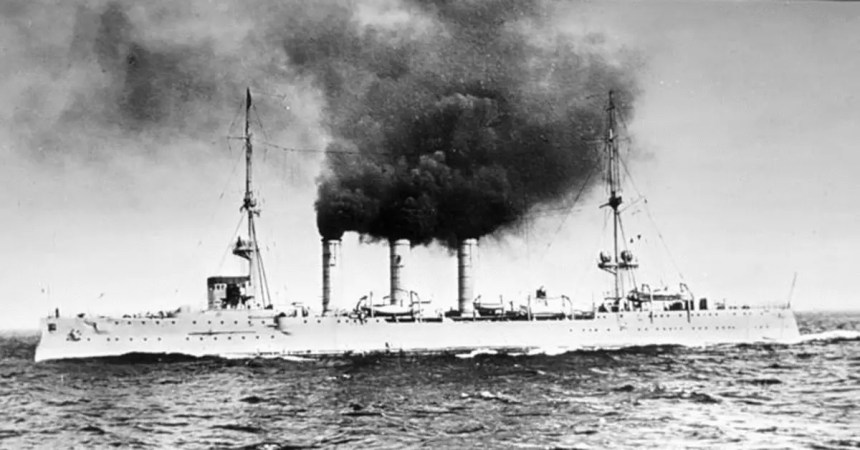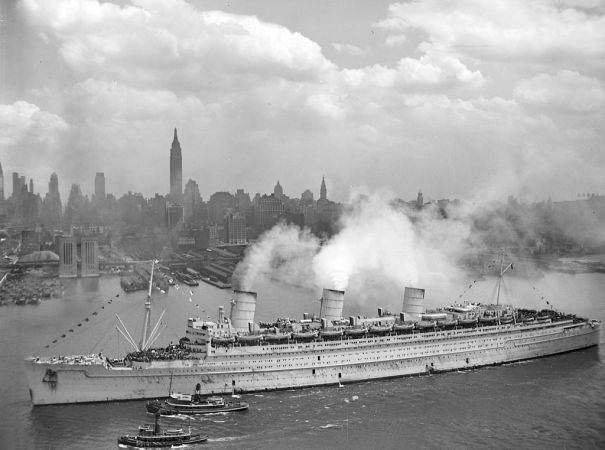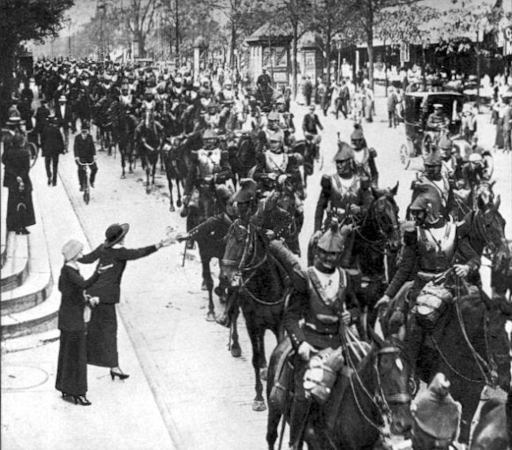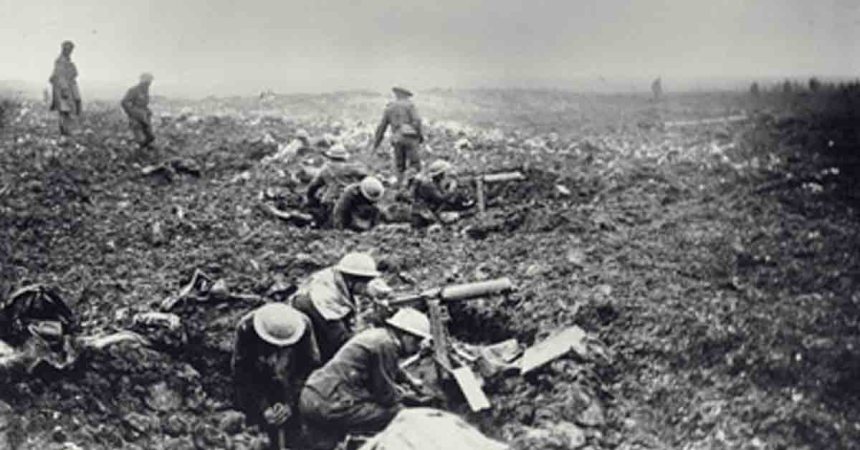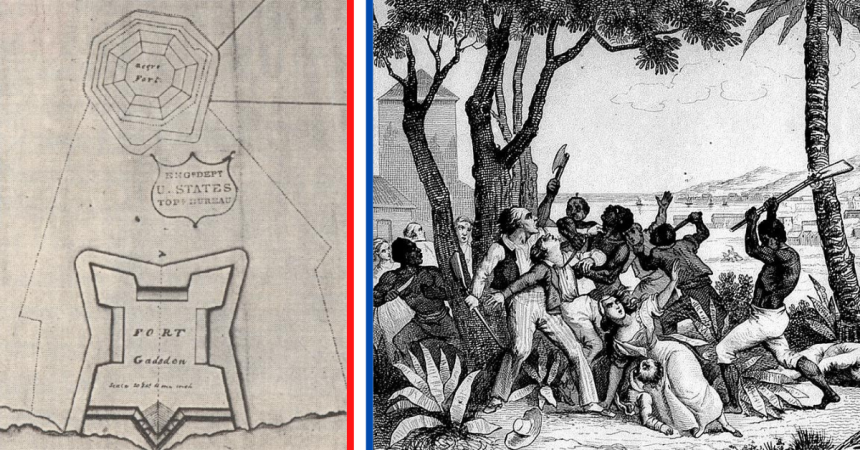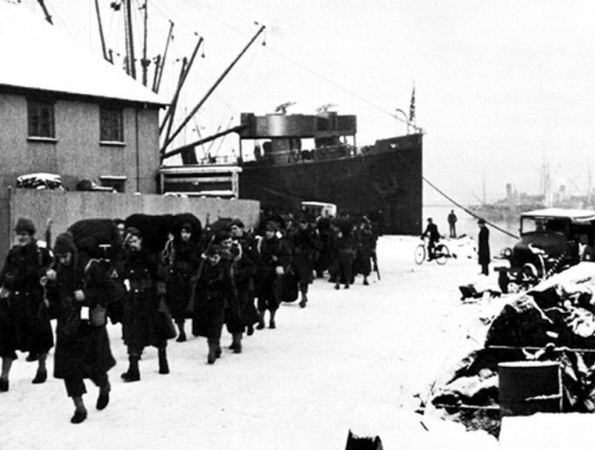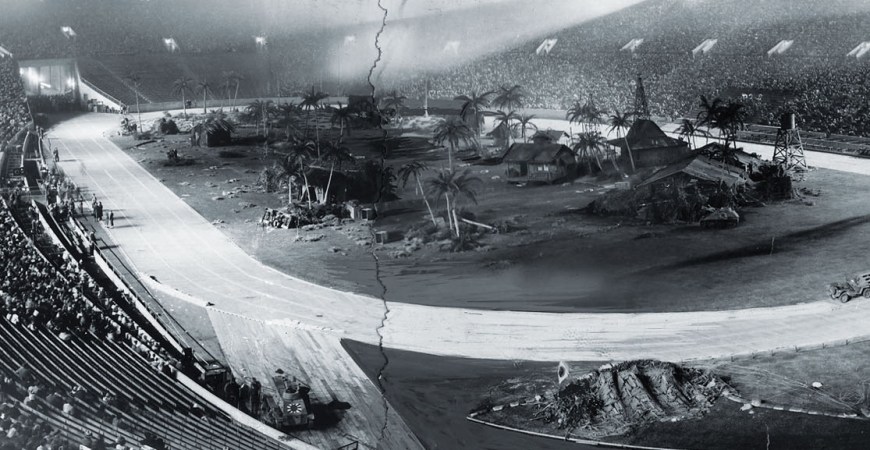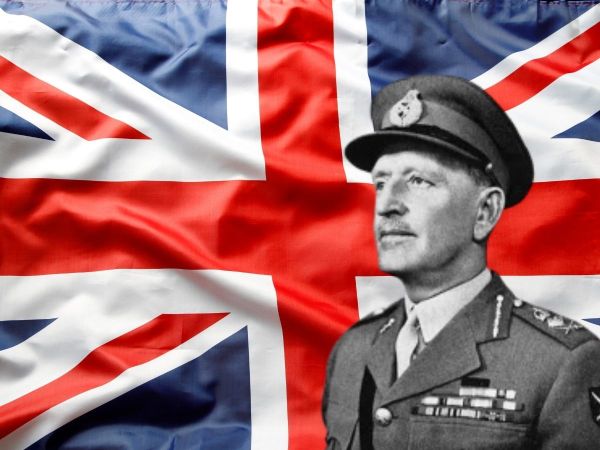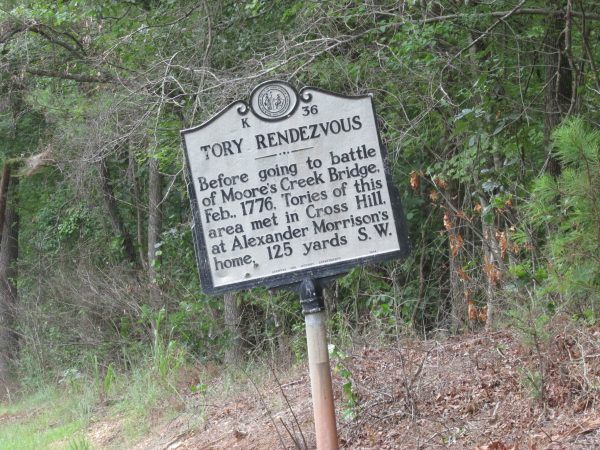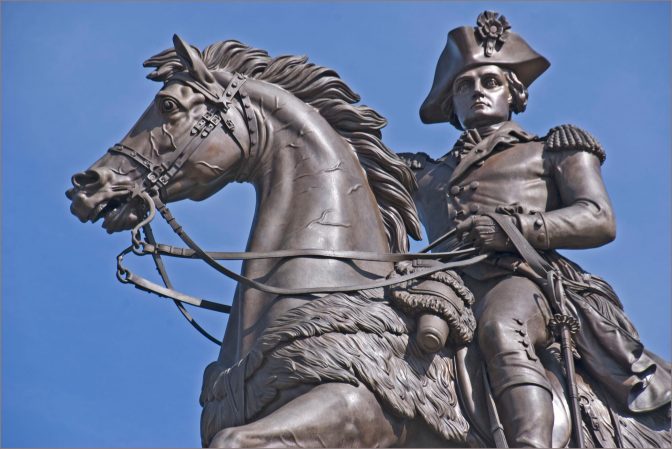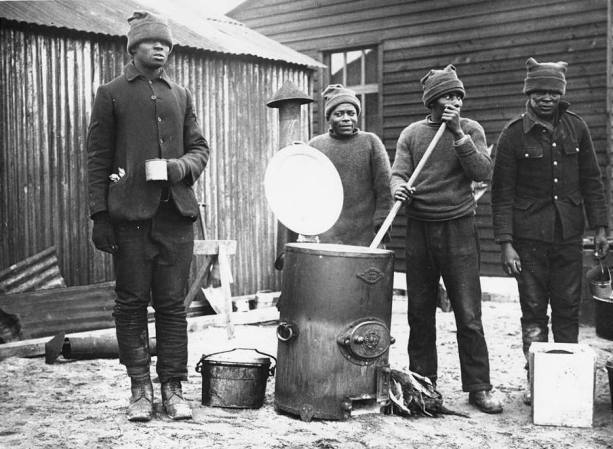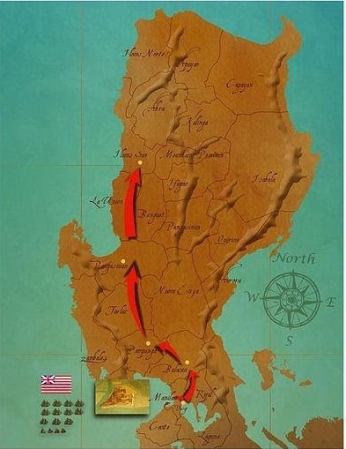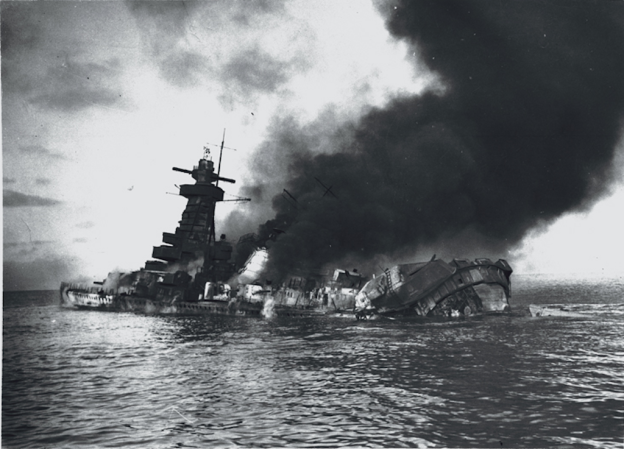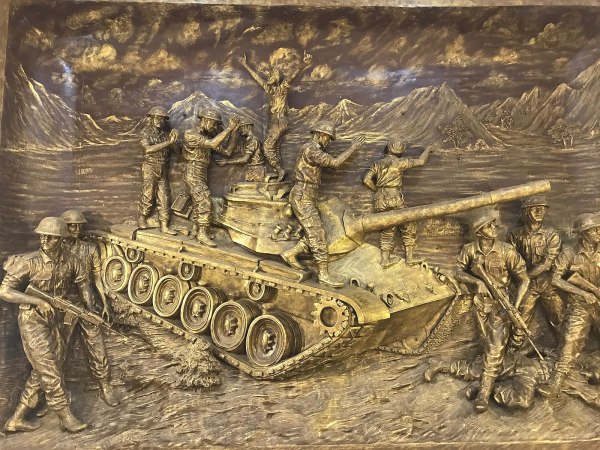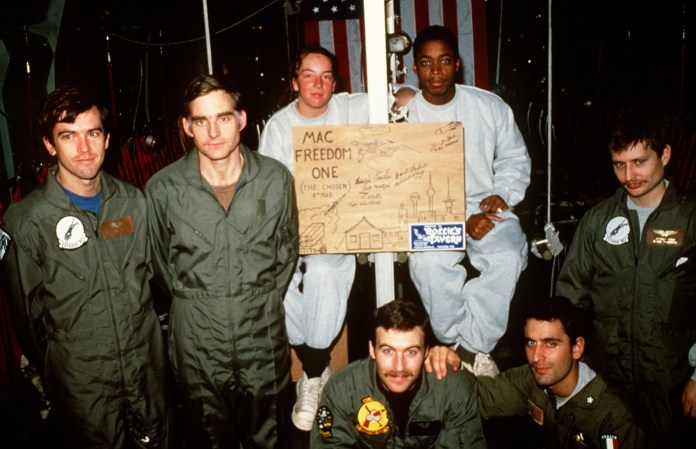For months in 1914, an uneasy truce held in many European colonies in Africa. The colonial governments agreed to not take part in a war in Europe. While it may seem odd, it makes a lot of sense from the European perspective. Colonialism relied on both a promise of violence and a myth of European omnipotence. None of the major powers wanted to fight each other in Africa and trigger an uprising in their own colony.
But for a group of combatants in what is now the northernmost shores of Tanzania, the neutrality of Africa blew apart during the Battle of the Tanga. As a laughably inept British assault fell apart at the port, local beehives attacked the soldiers so viciously that entire units stopped fighting to try and escape the insects. The fight is sometimes remembered as the Battle of the Bees.
German East Africa and Lettow-Vorbeck
German East Africa consisted of territory in what is now Tanzania, Burundi, and Rwanda. Germany and Britain had stolen their colonies from the Sultan of Zanzibar at cannon-point, and Germany used its possessions as a source of agricultural goods and a small amount of gold.
When World War I broke out, the German governor attempted to cement neutrality agreements under the agreements of the 1885 Berlin Conference. But the leader of local protective forces, Lt. Col. Paul von Lettow-Vorbeck, and other German officers pushed for war.
Lettow-Vorbeck held vast experience fighting in Africa, having participated in years of anti-guerilla warfare against local tribes. He knew that he couldn’t defeat the British outright but was certain he could tie down much of the British military with his local forces who seemed to genuinely admire him.
And Lettow-Vorbeck created a real threat to British operations. He knew that Britain needed to move resources from its own African colonies to Europe via the Uganda railway and ships in the Indian Ocean. With a guerilla force, he could threaten the railway and ports and force Britain to defend them heavily. And German cruisers joined him in this mission, raiding British shipping lanes and ports on the Indian Ocean.
British disposition
So the British decided to land troops at Tanga Harbor. On August 17, 1914, Britain combined Indian Army units into Indian Expeditionary Force B. The British-Indian force boasted many more men, 9,000 compared to 1,000 Germans and local allies, but the units proved unprepared for battle. Many of the Indian forces were undertrained. And headquarters jammed existing units together to get them out the door on time. So many commanders didn’t see their unit in the field until they assaulted Tanga.
The British Force headed to Tanga by ship. Troops received new rifles and machine guns either just before embarking or while on the ships. These weapons included new sights and working mechanisms. Many riflemen carried rifles they had never used, and machine gun crews formed that had never touched a machine gun.
As one captain summarized it:
Of this force, three battalions came from non-martial races and two have not seen service in the field for more than a generation. Neither Wapshare nor Tighe had seen their troops until a few days before embarkation and it can safely be said that from top to bottom nobody knew anybody.
The Battle of Tanga, German East Africa 1914
Meanwhile, the commander, Maj. Gen. Arthur Aitken, focused his guidance on important things like how well his men dressed.
“There is one thing gentleman about which I feel very strongly,” he told his officers. “That is the subject of dress. I wish officers and men to be always turned out. I will not tolerate the appalling sloppiness allowed during the Boer War. That is all gentlemen thank you.”

The British landings and the Battle of the Bees
The British first made landfall the night of November 2-3, focusing on rifle and grenadier units and not landing any artillery. If British forces had beelined for Tanga, they might have taken the town before German troops could occupy it.
But they didn’t, so German forces made it into the town and the fight began November 4.
The unprepared British forces did not do well. Their initial assault managed to drive some local African allies away from the main German force, but then the British forces broke.
But to the south of the town, a British attack disturbed logs hanging in the branches of trees. These were beehives made by local Africans, and the bees inside quickly swarmed out.
According to a history from the Western Front Association:
The bees swarmed angrily and stung both friend and foe alike. It is reported that one signaller of the Royal Engineers suffered 300 stings on his head. Other men fell back to get away from the bees, which seem to have been particularly prevalent in the 98th Battalion’s sector.
The Battle of the Bees, Western Front Association
The troops reportedly broke contact multiple times to escape the bees. While both sides were attacked, the British seemed to get the worst of it.
Regardless, the British forces continued to muddle through the battle. The Germans massed rifle and machine gun fire until the British broke and ran, leaving behind guns and other equipment.
The British commander Aitken was relieved of command and the Germans went on to wage one of the best guerilla campaigns in history.


